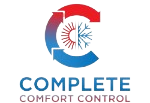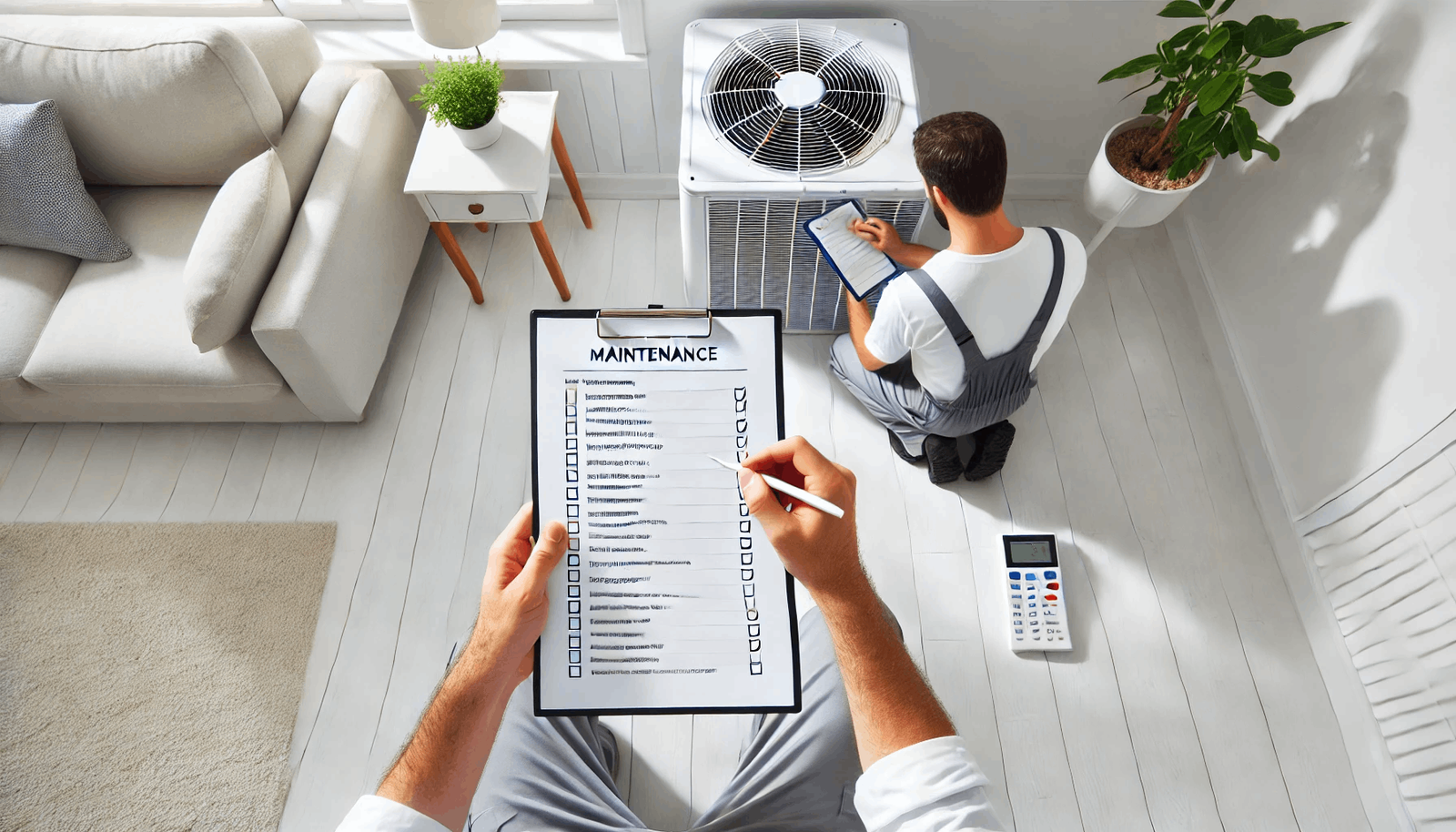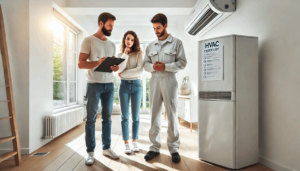Introduction
Maintaining a comfortable indoor environment is essential for any home, and efficient heating and air conditioning systems play a crucial role in achieving that comfort. However, many homeowners often overlook the importance of regular maintenance for these systems. Neglecting routine care can lead to decreased efficiency, higher energy bills, and even costly repairs. By understanding the significance of heating and air conditioning maintenance, you can ensure that your systems operate at peak performance, enhance your indoor air quality, and extend the lifespan of your equipment. In this blog, we’ll explore the key benefits of regular maintenance, essential tasks to keep in mind, and when to schedule these important services, ensuring your home remains a sanctuary throughout the year.
Understanding Heating and Air Conditioning Systems
What Are Heating and Air Conditioning Systems?
Heating and air conditioning systems are vital components of any modern home, responsible for maintaining a comfortable indoor environment throughout the year. These systems regulate temperature and humidity, ensuring that homes remain cozy in the winter and cool during the hot summer months.
At their core, heating systems generate warmth, while air conditioning systems provide cooling. Both types work to create a balanced and pleasant atmosphere. Heating systems can range from furnaces and boilers to heat pumps, each using different methods to generate heat. Air conditioning systems, on the other hand, typically utilize refrigeration cycles to absorb heat from the indoors and expel it outside, resulting in cooler indoor temperatures.
Regular maintenance of these systems is essential not only for comfort but also for energy efficiency. Neglected systems can lead to higher energy bills, increased wear and tear, and potential system failures.
How Heating and Air Conditioning Work Together

Heating and air conditioning systems often work in tandem to ensure a consistent indoor climate. During colder months, the heating system takes precedence, raising the temperature to comfortable levels. Conversely, in the summer, the air conditioning system becomes the primary focus, cooling the air and controlling humidity.
Smart thermostats can enhance the interaction between these systems, allowing homeowners to set preferred temperatures for different times of the day. By programming heating and cooling cycles, you can optimize energy usage and maintain comfort.
Additionally, many homes use a centralized HVAC (heating, ventilation, and air conditioning) system, which integrates both heating and cooling functions. This setup allows for seamless transitions between heating and cooling, ensuring that indoor air quality is maintained year-round. Properly functioning systems also filter and circulate air, which is crucial for preventing the buildup of allergens and improving overall air quality.
Common Types of Heating and Air Conditioning Systems
There are several types of heating and air conditioning systems, each designed to meet different needs and preferences. Here are some of the most common systems:
- Furnaces: These are one of the most popular heating systems, using gas, oil, or electricity to generate heat. They distribute warm air through ducts, making them effective for whole-home heating.
- Heat Pumps: These versatile systems can provide both heating and cooling. In winter, they extract heat from the outside air or ground and transfer it indoors. In summer, the process is reversed, providing cooling by removing heat from inside the home.
- Boilers: Utilizing hot water or steam to heat a home, boilers are typically more efficient than furnaces, especially in larger spaces. They distribute heat through radiators or underfloor heating systems.
- Central Air Conditioning: This system works alongside a furnace or heat pump, using ductwork to circulate cool air throughout the home. It is commonly used in conjunction with a heating system for year-round climate control.
- Ductless Mini-Split Systems: These systems provide localized heating and cooling without ductwork. Ideal for homes without existing ducts, they consist of an outdoor compressor and one or more indoor units.
- Window Units and Portable Air Conditioners: These are smaller, standalone options for cooling individual rooms. While not as efficient for whole-house cooling, they provide a cost-effective solution for specific areas.
Understanding these systems and their interrelation is crucial for homeowners looking to maintain a comfortable living environment. Regular maintenance, combined with knowledge of how these systems operate, can lead to significant energy savings and prolonged equipment life.
Benefits of Regular Maintenance
Improved Efficiency and Lower Energy Bills
One of the most significant benefits of regular maintenance for heating and air conditioning systems is improved efficiency. Over time, dirt, dust, and debris can accumulate in your system, leading to blockages that restrict airflow. This forces your system to work harder to maintain the desired temperature, resulting in higher energy consumption.
Regular maintenance, including changing filters, cleaning coils, and inspecting ductwork, ensures that your systems operate smoothly. When your heating and air conditioning units function efficiently, they use less energy, translating into lower utility bills. According to the U.S. Department of Energy, routine maintenance can improve the efficiency of your HVAC system by up to 30%, making it an essential practice for homeowners looking to save money on their energy expenses.
Prolonging the Lifespan of Your System
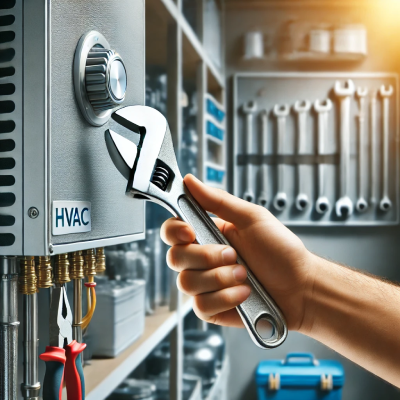
Another compelling reason to invest in regular maintenance is the extension of your heating and air conditioning system’s lifespan. Most HVAC systems are designed to last around 15 to 20 years, but neglecting maintenance can significantly shorten this lifespan.
During routine check-ups, HVAC technicians can identify and address minor issues before they escalate into major problems. For instance, a simple refrigerant leak can lead to a complete system failure if not repaired promptly. By ensuring that your systems receive the care they need, you can avoid premature replacements and the associated costs. Furthermore, many manufacturers require regular maintenance for warranty validation, making it a vital component of your investment in home comfort.
Enhancing Indoor Air Quality
Regular maintenance not only keeps your heating and air conditioning systems running efficiently but also plays a crucial role in enhancing indoor air quality. Poor air quality can contribute to a range of health issues, including allergies, respiratory problems, and other illnesses.
One of the key aspects of maintaining air quality is changing or cleaning filters regularly. Clogged filters can trap dust, pollen, and other allergens, circulating them throughout your home. A well-maintained HVAC system, on the other hand, helps to filter out these pollutants, ensuring that the air you breathe is clean and healthy.
In addition to changing filters, regular inspections and cleaning of ducts and vents can help prevent the buildup of mold and bacteria, which thrive in damp, unclean environments. By investing in maintenance, you can create a healthier indoor environment for your family.
Reducing the Risk of Breakdowns
Heating and air conditioning systems often break down at the most inconvenient times—typically during extreme weather conditions. Regular maintenance significantly reduces the risk of unexpected breakdowns, providing peace of mind for homeowners.
During routine maintenance visits, technicians check for warning signs of potential failures, such as unusual noises, leaks, or inefficient operation. Addressing these issues early can prevent system malfunctions that might require costly emergency repairs.
In fact, many HVAC companies offer maintenance plans that include regular inspections and priority service during peak seasons. By opting for these plans, homeowners can ensure that their systems are in good working order before the heating or cooling seasons begin, further minimizing the likelihood of unexpected breakdowns.
In summary, regular maintenance of heating and air conditioning systems offers multiple benefits, from improved efficiency and lower energy bills to enhanced indoor air quality and reduced risk of breakdowns. By prioritizing maintenance, you not only invest in the comfort of your home but also protect your financial investment in these essential systems.
Key Maintenance Tasks for Heating and Air Conditioning

Regular Filter Changes
One of the simplest yet most effective maintenance tasks for heating and air conditioning systems is regularly changing or cleaning the air filters. Filters are designed to trap dust, allergens, and other particles, preventing them from circulating through your home. Over time, these filters can become clogged, which restricts airflow and forces your system to work harder. This not only reduces efficiency but can also lead to higher energy bills and increased wear on the system.
For optimal performance, it’s recommended to check your filters monthly, especially during peak usage seasons. Depending on the type of filter and the level of usage, filters may need to be changed every one to three months. Using high-efficiency particulate air (HEPA) filters can further enhance indoor air quality, capturing even smaller particles. Regular filter maintenance ensures that your heating and air conditioning systems operate smoothly and efficiently.
Annual Professional Inspections
While homeowners can perform some maintenance tasks themselves, annual professional inspections are crucial for comprehensive system care. HVAC technicians are trained to identify and rectify issues that may not be apparent to the average homeowner. During these inspections, professionals typically check various system components, including the compressor, evaporator coil, and heat exchanger, ensuring everything is functioning properly.
An annual inspection can help catch potential problems early, such as refrigerant leaks or electrical issues, which might lead to major breakdowns if left unaddressed. Moreover, many manufacturers require proof of regular professional maintenance for warranty validation. Therefore, scheduling an annual inspection not only prolongs the life of your system but also protects your investment.
Cleaning Ducts and Vents
Another essential maintenance task is cleaning the ducts and vents of your heating and air conditioning systems. Over time, dust, debris, and even mold can accumulate in the ductwork, which can negatively impact indoor air quality and system efficiency. When ducts are dirty, they can obstruct airflow, leading to uneven heating and cooling in different areas of the home.
Regular duct cleaning is particularly important for homes with pets, smokers, or individuals with allergies. It’s recommended to have your ducts professionally cleaned every three to five years, although more frequent cleaning may be necessary if you notice significant dust buildup or odors coming from the vents. Additionally, homeowners can help keep ducts clean by ensuring that vent covers are not blocked and by vacuuming around registers to prevent dust from entering the system.
Checking Thermostat Functionality
The thermostat is the control center for your heating and air conditioning systems, making its proper functionality critical for maintaining a comfortable indoor climate. Regularly checking your thermostat ensures that it accurately reads the indoor temperature and communicates effectively with your HVAC system.
Smart thermostats, in particular, can offer energy-saving features, such as scheduling and remote access, making it easy to optimize your heating and cooling schedules. During maintenance checks, HVAC professionals will often verify that the thermostat is functioning correctly and recalibrate it if necessary. Homeowners can also take a few minutes to ensure that the thermostat is set to the correct mode (heating or cooling) and to replace batteries if needed.
In summary, these key maintenance tasks—regular filter changes, annual professional inspections, cleaning ducts and vents, and checking thermostat functionality—are essential for the efficient operation of heating and air conditioning systems. By incorporating these tasks into your home maintenance routine, you can enjoy a comfortable living environment, lower energy bills, and a longer lifespan for your HVAC system.
When to Schedule Maintenance
Seasonal Maintenance Recommendations
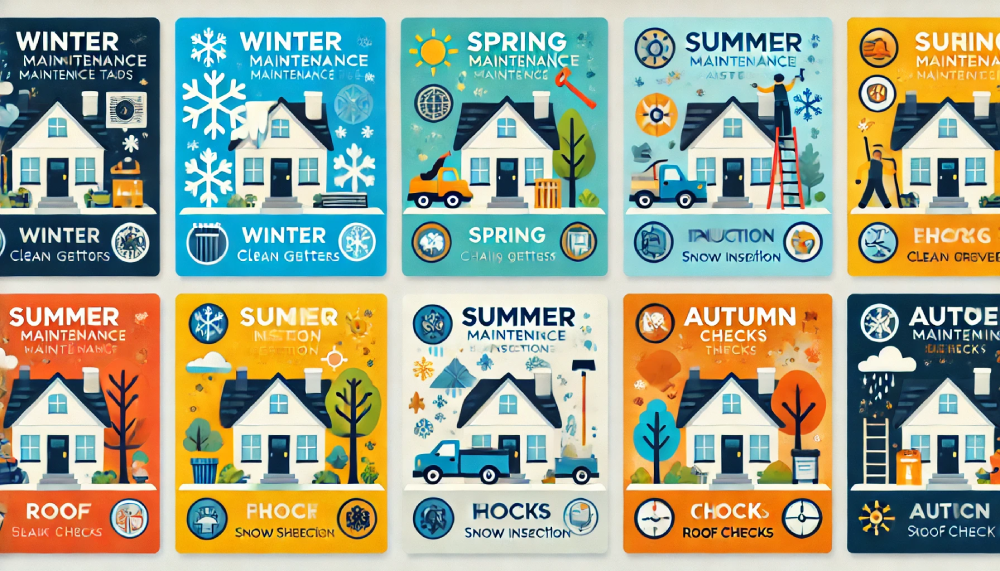
Scheduling maintenance for your heating and air conditioning systems is crucial for ensuring they operate efficiently throughout the year. Ideally, homeowners should plan for seasonal maintenance at least twice a year: once in the spring and once in the fall. This timing allows you to prepare your system for the upcoming season’s demands.
In the spring, focus on your air conditioning system. As temperatures rise, it’s essential to ensure your AC unit is functioning optimally. During this maintenance check, HVAC technicians typically inspect refrigerant levels, clean coils, and check for any wear and tear. This proactive approach not only helps prevent unexpected breakdowns during the hot summer months but also enhances energy efficiency, keeping utility bills manageable.
Conversely, fall is the ideal time to service your heating system. Before the cold weather sets in, an inspection can ensure that your furnace or heating pump is in good working order. Technicians will check filters, clean burners, and assess the heat exchanger for any signs of trouble. This preparation will help your heating system perform efficiently and reliably when temperatures drop.
Signs Your System Needs Immediate Attention
While regular maintenance is essential, there are specific signs that indicate your heating and air conditioning systems may need immediate attention. Being vigilant about these warning signs can save you from more significant issues down the line.
One common indicator is unusual noises. If your system begins to produce grinding, squeaking, or banging sounds, it may signify a mechanical issue that requires prompt inspection. Additionally, inconsistent temperatures throughout your home can indicate problems with ductwork, insulation, or the system itself. If certain rooms remain too hot or cold despite adjustments, it’s a sign that your system may not be functioning properly.
Another critical sign is an increase in energy bills. If you notice a sudden spike in your utility costs without a corresponding increase in usage, it may indicate that your heating and air conditioning systems are working harder than they should be due to inefficiencies. Additionally, frequent cycling—where the system turns on and off more often than normal—can signal a problem with your thermostat or an underlying mechanical issue.
Finally, if you notice any signs of water damage or leaks around your HVAC system, it’s crucial to address these immediately. Water accumulation can lead to mold growth and other structural issues in your home.
Creating a Maintenance Schedule
To ensure that your heating and air conditioning systems receive the care they need, creating a maintenance schedule is beneficial. Start by marking your calendar for the two primary seasonal maintenance checks in spring and fall. Set reminders a few weeks prior to these dates to allow time for scheduling appointments with your HVAC service provider.
In addition to seasonal check-ups, incorporate monthly tasks into your routine. For instance, set a reminder to check and replace air filters as needed. This simple task can drastically improve efficiency and indoor air quality. If you have pets or live in a dusty area, consider checking filters more frequently.
Keep a log of all maintenance activities, including filter changes, professional inspections, and any repairs made. This documentation will help you track the health of your systems over time and can be beneficial for warranty purposes.
Furthermore, some HVAC companies offer maintenance plans that include regular check-ups, which can simplify scheduling and often come with additional benefits such as priority service or discounts on repairs.
By proactively scheduling maintenance and being attentive to your system’s performance, you can ensure a comfortable living environment while extending the lifespan of your heating and air conditioning systems.
Conclusion
In conclusion, regular maintenance of heating and air conditioning systems is essential for ensuring optimal performance, enhancing energy efficiency, and extending the lifespan of your equipment. By prioritizing maintenance tasks such as filter changes, professional inspections, duct cleaning, and thermostat checks, homeowners can enjoy a comfortable indoor environment year-round while also improving indoor air quality.
Moreover, being proactive about scheduling maintenance—particularly before seasonal changes—and recognizing the signs that your system requires immediate attention can help prevent costly breakdowns and repairs. Establishing a routine maintenance schedule not only safeguards your investment but also contributes to the overall health and comfort of your home.
Investing time and resources into HVAC maintenance pays off in the long run, providing peace of mind and a reliable system when you need it most. By following these guidelines, you can ensure that your heating and air conditioning systems operate efficiently and effectively for years to come.
